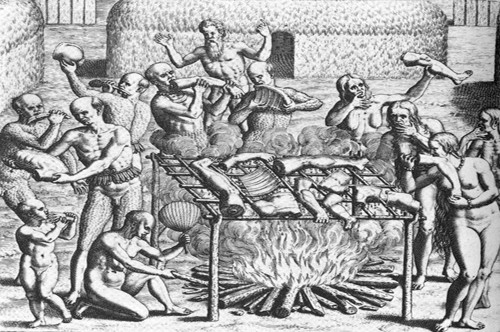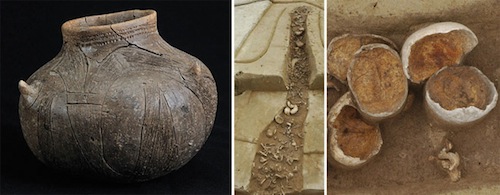Archaeologists Find Evidences of prehistoric cannibalism in Germany


Evidences of mass cannibalism that took place 7,000 years age i.e. during the middle Neolithic Period were found by archaeologists on excavating a prehistoric site in Germany.
For few decades, it appears that hundreds of inhabitants were slaughtered and eaten at the site, before having their less-delicious parts discarded into pits. The remains of 500 victims have been found so far.
Bruno Boulestin, an anthropologist from the University of Bordeaux in France who is working on the site, said, “Human sacrifice at Herxheim is a hypothesis that’s difficult to prove right now, but we have evidence that several hundred people were eaten over a brief period.”
The large number of victims discovered in the pits suggests that the settlement (now called Herxheim) may have served as a kind of ritual depository where people from all over the area would gather to perform custom sacrifices on slaves or war prisoners or other deserving parties.
The excavation at Herxheim is one of only two excavations from this period showing signs of cannibalism, the other being 6,000-year-old bones uncovered in a French cave in 1986. Indeed, cannibalism seems incongruous with common perceptions of the Neolithic Age (roughly 9,500–4,500 BCE), when Hunter-gatherers settled down to form sedentary communities, tend crops and keep domesticated animals. One imagines peaceful farmers in a pastoral, agrarian ideal, not man-eaters.
Next, scientists will examine the chemical structure of the bones unearthed at Herxheim, revealing whether victims grew up eating local foods or foods from other regions. Determining the genesis of the victims at Herxeim will not only shed light on the ceremonial significance of the site, but also on the political climate at the time.